I thought no one is going to believe me I have to somehow document this
I want you to know that I have loved you since the moment I met you
Dora Rodriguez grew up in a small town in El Salvador called Santa Ana and when she was a teenager she belonged to a church group she says. It had never occurred to her to come to the United States she loved where she lived she was a happy child she says but then in October of 1979 “it was the first time we got hit by the soldiers in our area,” she says.
“That night we were coming out of our meeting, and Jose, our president of our little group, got murdered in front of us.”
That was when she started planning her trip.
Dora relaid her story to the artist Tom Kiefer while visiting his studio in Ajo, Arizona earlier this year. It was thirty nine years after she and a group of migrants were rescued after being lost in the desert for four days near the border. Of the twenty six that started out in her group only twelve made it.
The video in which she shares her story is a companion piece to Kiefer’s ongoing photography project El Sueño Americano | The American Dream which is being exhibited until March at the Skirball Cultural Center in Los Angeles. For the project Kiefer has photographed many of the thousands of items confiscated from migrants by border officials that were deemed “potentially lethal” or “non-essential” items like toothbrushes and bibles and love letters and CDs and perfume.
For years Kiefer worked as a custodian at a border facility and he methodically saved the objects from the trash knowing he had to do something with them some day but unsure of what until he had the epiphany to start photographing them sometimes one by one sometimes arranged in sweeping visceral patterns.
“Belt Labyrinth” 2014
As she speaks with Kiefer Dora pauses to touch some of the items he’s collected like key chains and rosaries and water bottles and lighters. She has a photo of herself in the hospital after her group was found with her. Her hair was burned from the sun she remembers. On the back she had written “I spent five days in the hospital. I look so ugly right?” and as she reads it aloud she laughs.
Kiefer had no idea he would eventually turn the results into an art project he says but he knew he “could not in good conscience let those items remain in the trash.”
Then Dora picks up a tiny notebook and reads from it. “Blanca, I want you to know that I have loved you since the moment I met you,” it reads. “You know I love your beautiful eyes. They hypnotize me. I will belong to you forever.”
When someone arrived at the border they took that from Blanca and threw it in the trash. Fuck you Blanca.
A lot of the women Dora came across with were trying to keep themselves looking good on a walk they thought wouldn’t be all that long Dora says as she’s contemplating a collection of perfumes Kiefer has assembled.
Dora says her uncle would tease one of the women on her journey about having rollers in her hair. The woman would say “Well tomorrow I’m going to be in Los Angeles with my husband.”
She died in the desert.
“We were drinking cologne by the second day in the desert,” Dora says. “That saved our life too, that spiced cologne.”
Picking through a pile of blankets and cloth satchels Dora finds one that says siempre te amare.
“I wonder if this person made it to the United States or if they stayed in the desert?” she asks.
“Billfolds and Wallets” 2014
I spoke with Kiefer about his project and about his years working at the border facility.
How does someone come to be a janitor at an immigration facility? What brought you there?
I moved to Ajo, which is forty miles from the Mexico border, and about one hundred miles from the California border, in 2001. I had lived in LA for twenty years beforehand. The reason I moved was so I could own my own home, control my living environment, and use this as a base camp to do my photography. My project was to photograph America. I know that kind of sounds like… What does that mean? Are you familiar with Walker Evans? He was a definite inspiration for me. And Robert Frank. I sold an antique business I had in the nineties. I was like well I’m not getting any younger. Let’s do what I should have been doing all my life.
After a year and a half living here I needed to have some kind of money coming in. I saw an ad in the local newspaper: Custodian. Border Patrol Agency. $10.42 an hour, which, back in 2003, was big bucks.
Pretty good!
Right, all you could find was a minimum wage job of $6.75 here. So I applied and I started working after about six weeks after the security clearance.
“Nail Clippers” 2015
Were you particularly political at that time in your life?
Taking the job was not a political act. It was just a necessity. I didn’t have any grand plans of doing what came to be. It was about my fourth year working there, and I was just starting to get really agitated, angry, upset, disturbed, by seeing all the food that the migrants and those seeking asylum, the food they carried in their backpacks, was just being thrown out. I thought hey we can do better. Let’s at least bring the food to the food bank. When I started working there the agents were actually doing that. In our local newspaper, when there would be enough food, the agents would pose in front of it.
So it was my fourth year and I asked and was given permission to collect the food. And that was when I felt the horror and the shock of what else was being taken away and thrown away from the migrants and asylum seekers: bibles, family photos… I thought this is so not right. I started to discreetly, along with the food, collect these other items.
That started in 2007. It wasn’t until about six years into that that I finally figured out how to arrange the objects, the belongings, in a way that showed my deep regard and respect, and just like...wow, these are sacred objects. It was a slow process. This type of photography, studio work, still life, assemblies and so on, I had no experience in that. I was just doing outdoor work. It was a completely different approach to working with the camera. I just kind of figured it out along the way. And I continue to shoot. This is just the beginning. There’s so much more to photograph. The underwear, the shoes, the jeans, the jackets… There are no shots of those yet because I haven’t figured out how to shoot the underwear. How in the hell do I do that?
“Nuevos Testamentos” 2014
I guess the thinking behind my question was you didn’t come into this like I’m going to get in there and I’m going to do this piece that exposes how people are being treated. You just came to that realization gradually over time?
Yeah. I knew instinctively seeing these objects in the trash was not right. But I didn’t even know I was going to photograph them. The larger items, like blankets, and jackets, and jeans, and shoes, I actually donated a lot of those to our local thrift store at the beginning. Then I thought, you know what, no one is going to believe me. I have to somehow document this. How do I do that?
It’s just been a very long process. It wasn’t until 2013 where I had all the black combs and brushes in a box. I just started selecting some of the objects, putting them on a black background, and took the shot. I went Oh my god! This is it. I’ve cracked the nut, so to speak. Then I assembled the pink combs and brushes on a pink background…
“USA! USA! USA!” 2019
The toothbrushes I did back in 2014. I did what I thought was going to be my toothbrush shot. It was hundreds of toothbrushes and toothpaste. It looked like a big sea of swimming brushes. It was a very colorful kind of pop image. I thought I was done with the toothbrushes. Then last year I started noticing that there were all these children’s’ toothbrushes. I thought I need to do these individually. Really in your face, one toothbrush, one color background. Then I thought, wait a second, look at all these red white and blue toothbrushes...I did that shot this year, fifty red white and blue toothbrushes.
That one is “USA! USA! USA!”?
Yeah that one. I wanted to underscore the craziness of who is making the decisions on who we let in. Not only that but the millions of people who are living in fear for their life. It’s just absolute insanity.
Obviously that title is ironic and angry.
Busted.
When did you stop working there?
I resigned in August of 2014. It just got to the point where I had to make a strategic decision. Ok, I have to devote everything to this work, give up a steady paycheck, and eventually go public with this.
You weren’t there for Trump. Everyone is very mad about the way the Trump administration has been handling migrants, but we haven’t been doing a very good job of it through Bush and Obama… The years you were there it wasn’t exactly very humane then either was it?
Well it was not inhumanity on steroids.
So it’s gotten worse?
Yeah. And they keep on moving the goalposts about seeking asylum. You present yourself at the border for asylum, and now it’s take a number and stay in Mexico. It’s just insidious and cruel.

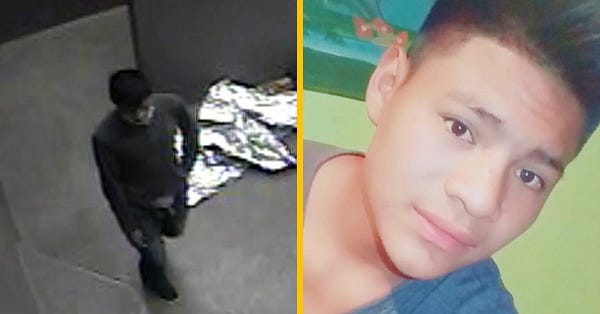
Did you have many chances to interact with people while you were cleaning?
No.
Was that by rule or circumstance?
Well I wasn’t there to interact. I was there to clean the cells and take out the garbage. Sometimes I would make furtive eye contact. There were times when it was just heartbreaking. We’re not talking about rapists and smugglers by and large my god no.
I think that’s what your photographs are telling us. I’m looking at the baby shoe one. Obviously, intellectually, we know there are children making this journey and suffering through it. But there’s something about isolating the shoe that a baby was wearing that has a different sort of emotional impact.
It also doesn’t mean that particular shoe was… It was most likely carried as a keepsake to inspire, to give that person faith and hope, like this is why I’m doing this. I’m risking my life for my son or my daughter. And then to take that away and throw it in the trash? I mean, come on.
And some of these love letters and bibles. Taking someone’s bible… That seems at odds with everything that our country supposedly stands for.
It doesn’t seem at odds, it is at odds. It’s vulgar.
Vulgar is a great way to put it. Have you had any contact with government officials aware of your work? Have they expressed any displeasure? Any worry you might get in some kind of trouble?
The era that we’re living in…who knows? It seems like my extreme worry about doing this has kind of passed. But who in the hell knows. Senator Jeff Merkley from Oregon posted shots from the exhibit on Instagram. He said some incredibly eloquent, stirring words about this.
I met with lawyers back in 2011-12 just like, ok, how am I putting myself at risk here? What could happen? Could I be thrown in jail? There was some obscure state statute on the books where if I were found guilty -- I can’t remember what it was -- I could serve up to six months in jail. The likelihood of being convicted of that… But that was 2012. Who is to say a perfect storm of events and pissing off the president couldn’t…
You’ve been involved with Scott Warren of No More Deaths. That’s like what we’re talking about here. Who would have ever thought someone would be prosecuted for leaving water in the desert? Thankfully he wasn’t found guilty but… What’s your relationship with him?
I donated a piece for a benefit auction for him. I’ve known Scott for ten years. He’s a neighbor. He’s been to my studio several times to talk to different groups of people, visiting students from the university, or other aid organizations.
You talked about the food at first, but was there some object you came across that was the epiphany for you that you had to do something?
The first thing I ever collected was a bunch of toothbrushes. I thought they should be recycled or repurposed. Then it was a rosary, a bible, a wallet. A wallet that still had identification and credit cards! I thought this was lunacy.
The word you chose, vulgar, that just speaks for all of this. What do you hope that people who see your work take away from it?
I’d like it to inspire them to act however they can. It could be volunteering. At your church or humanitarian aid group doing water drops. For me it became pretty obvious how I could make a contribution to the whole conversation about all this. Imagine if we got mobilized? The power…
There’s this one wonderful woman named Marilyn who lives in Olympia, Washington. About a year and a half ago she contacted me and wanted permission to print out a number of the images and create a walkabout in the back area of the woods behind the church, like a pathway, like the stations of the cross. And at each station would be a photograph from El Sueno. One shot she used was a toy car with a bunch of smaller gray cars. It was on a gray background, and it mimicked an imaginary pileup of all these cars.
The fact that she did this, and displayed this at her church, it got people that were completely removed, who would never probably go to a place like a cultural center to see an exhibit. That kind of grassroots, homespun activism. Then they redid it in a different area in Olympia. I thought, wow, wouldn’t that be cool if this happened in every state? This grassroots thing to create a conversation about this. We need to do something. We’re not going to let these policies that have been bastardized and re-worked to be criminal… It’s not right.
I’m getting kind of activist here aren’t I?
Well it’s good! This is a very angry newsletter. You haven’t tipped over the edge quite yet.
At the same time, I’m not confrontational by nature. It’s just not who I am. But how do we work this out to the point where it doesn’t get ugly? I like to think of myself as just a kind, gentle, quiet artist.
I used to think of myself like that, as a writer, but now I’m wondering if art and writing isn’t going to do the trick anymore.
“Gloves” 2014




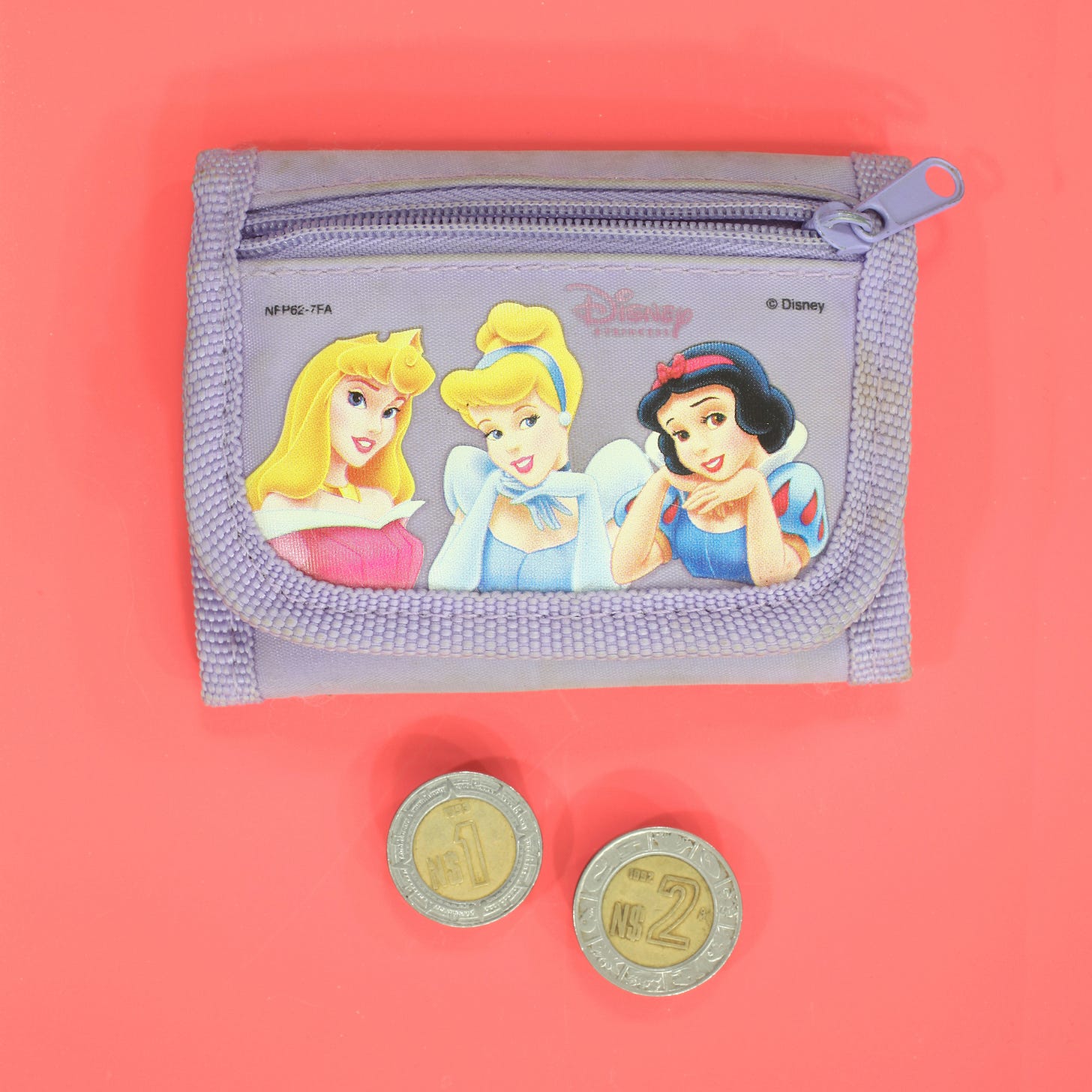
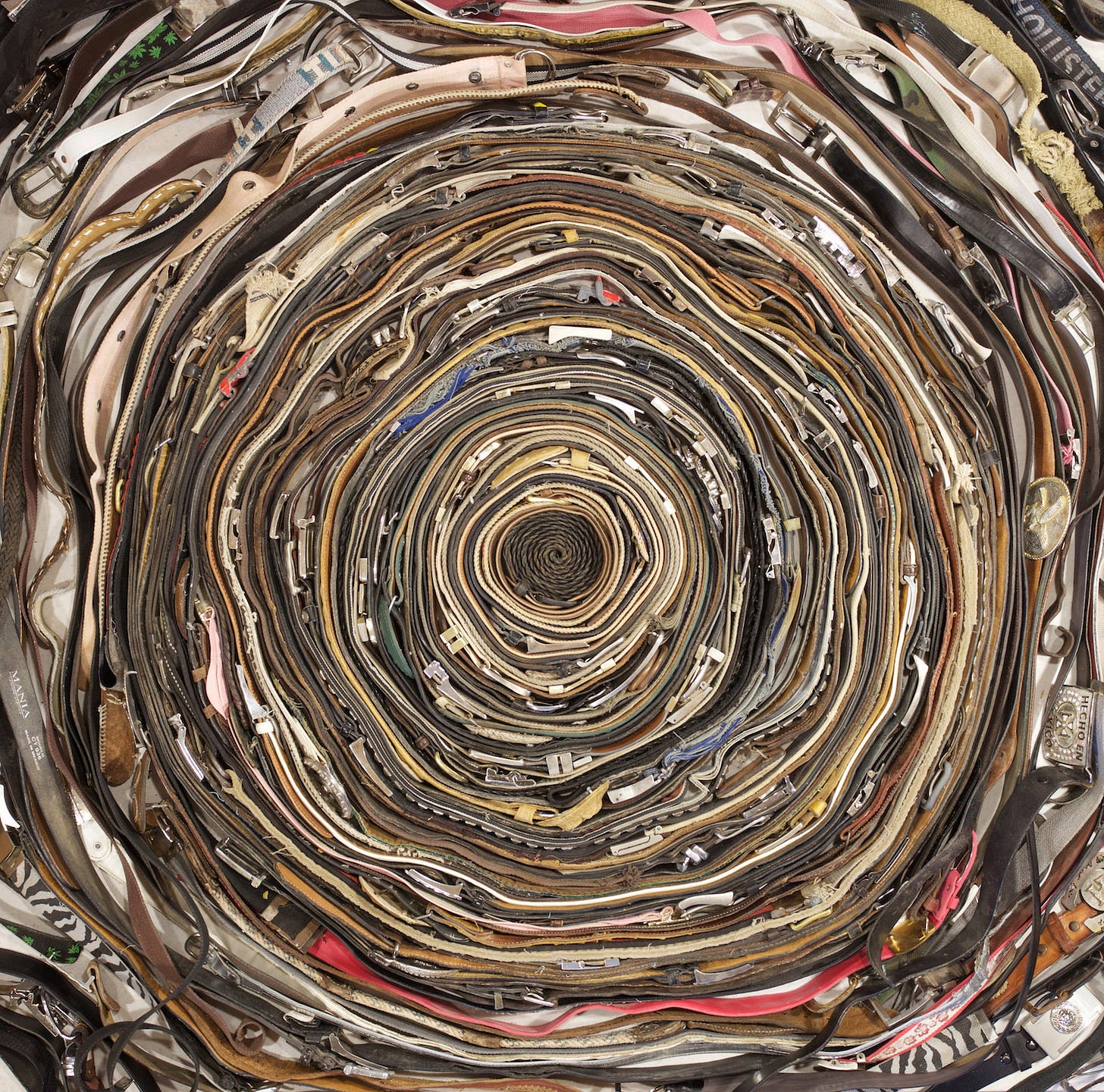
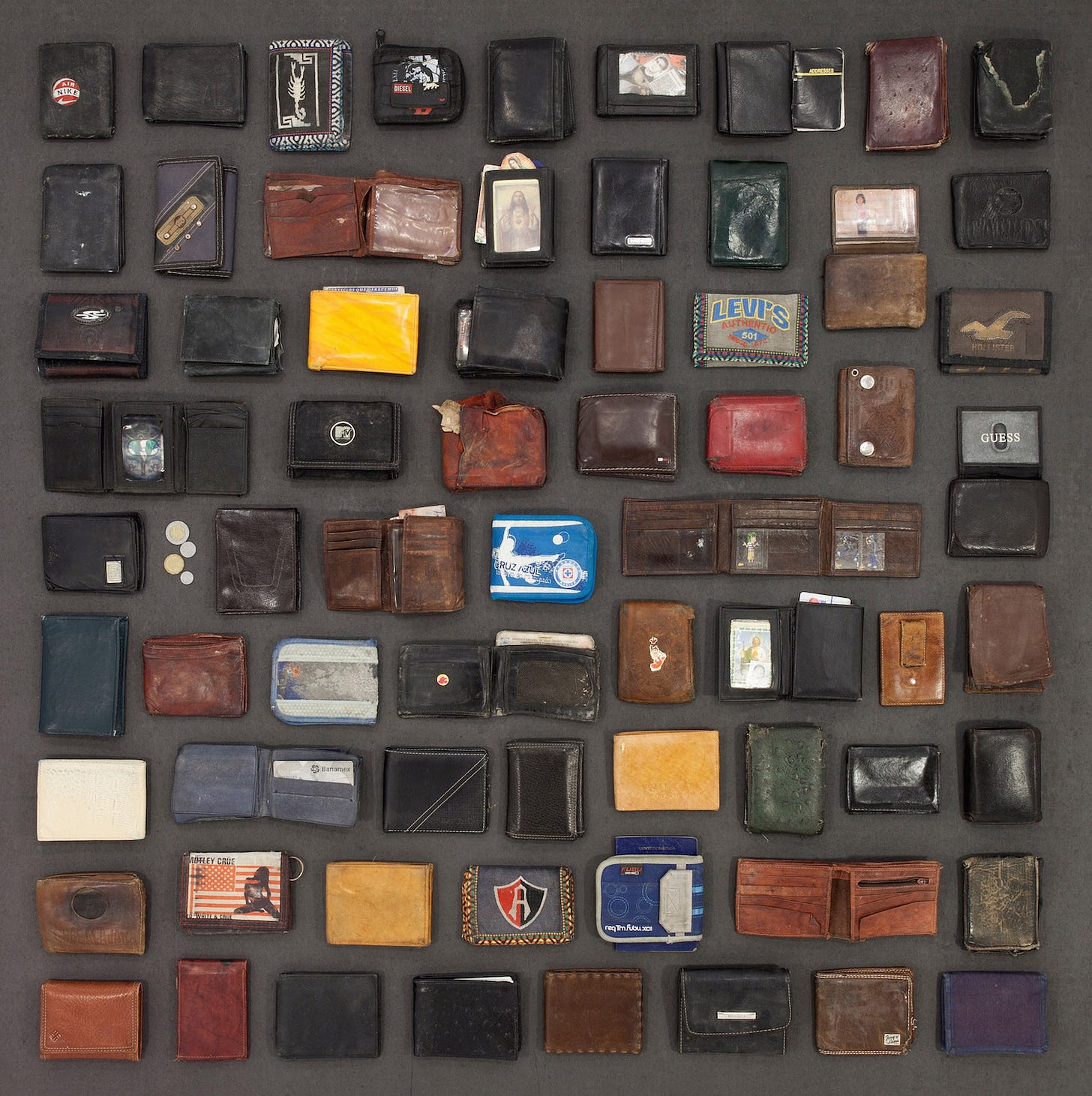
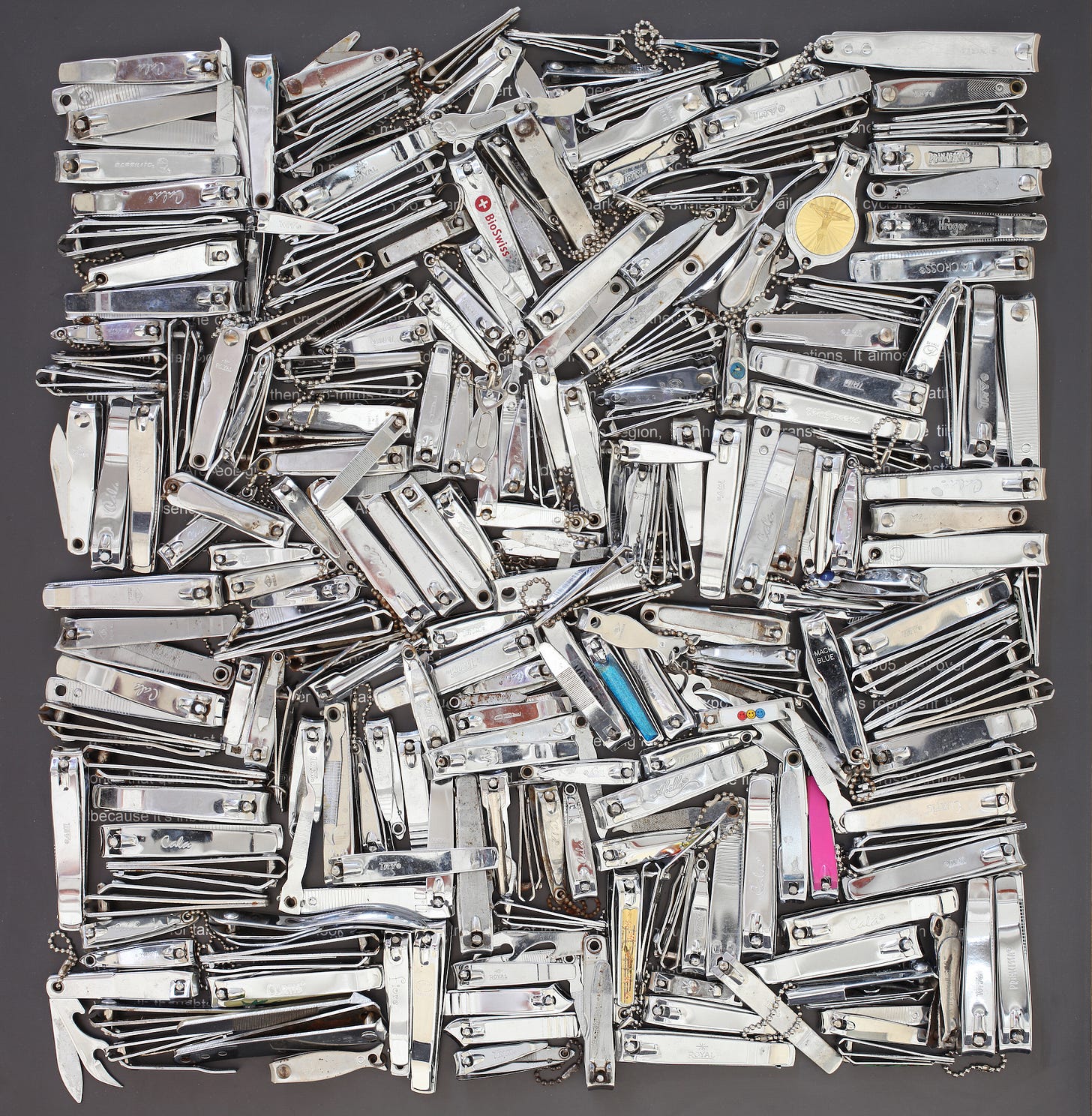
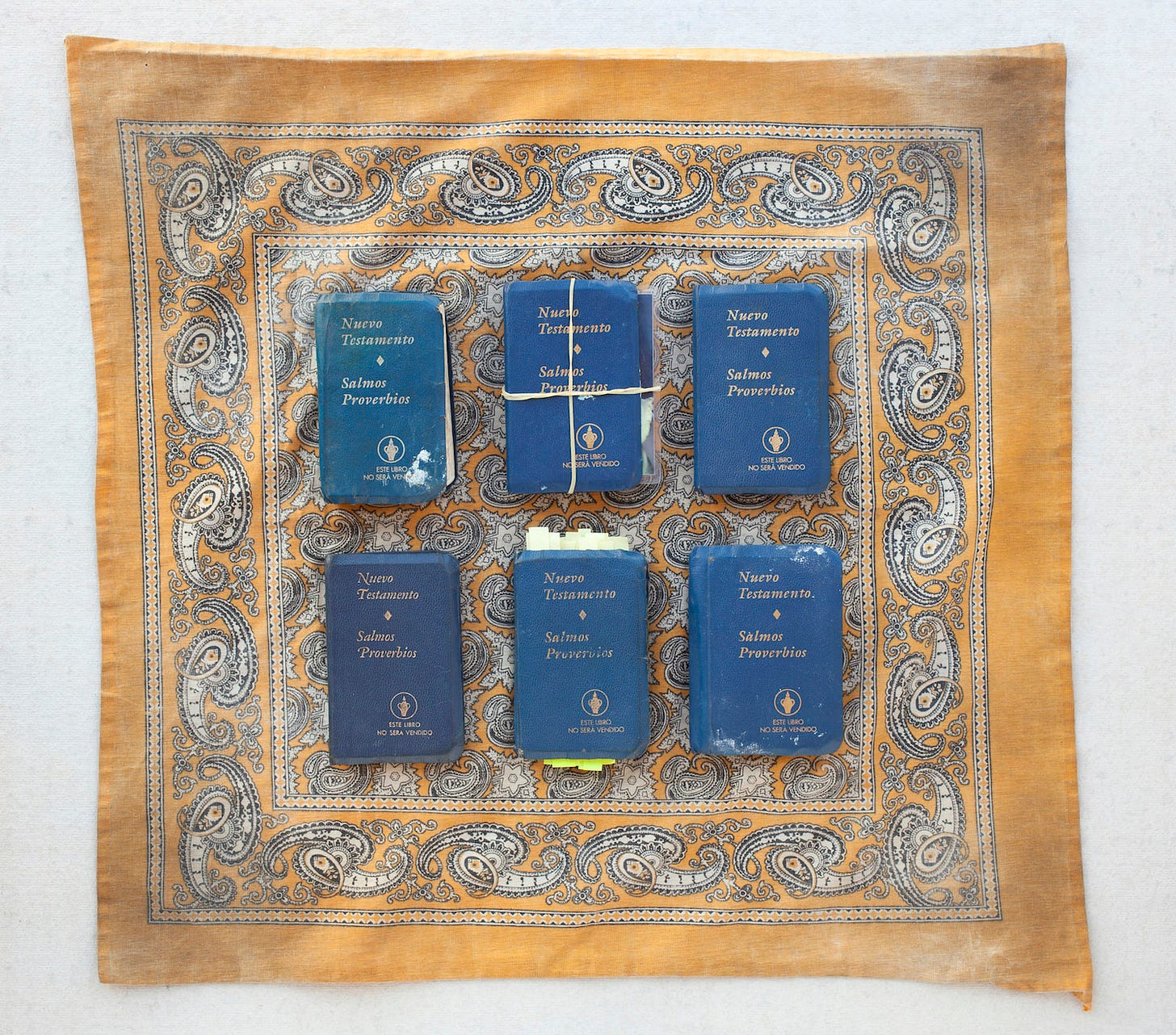

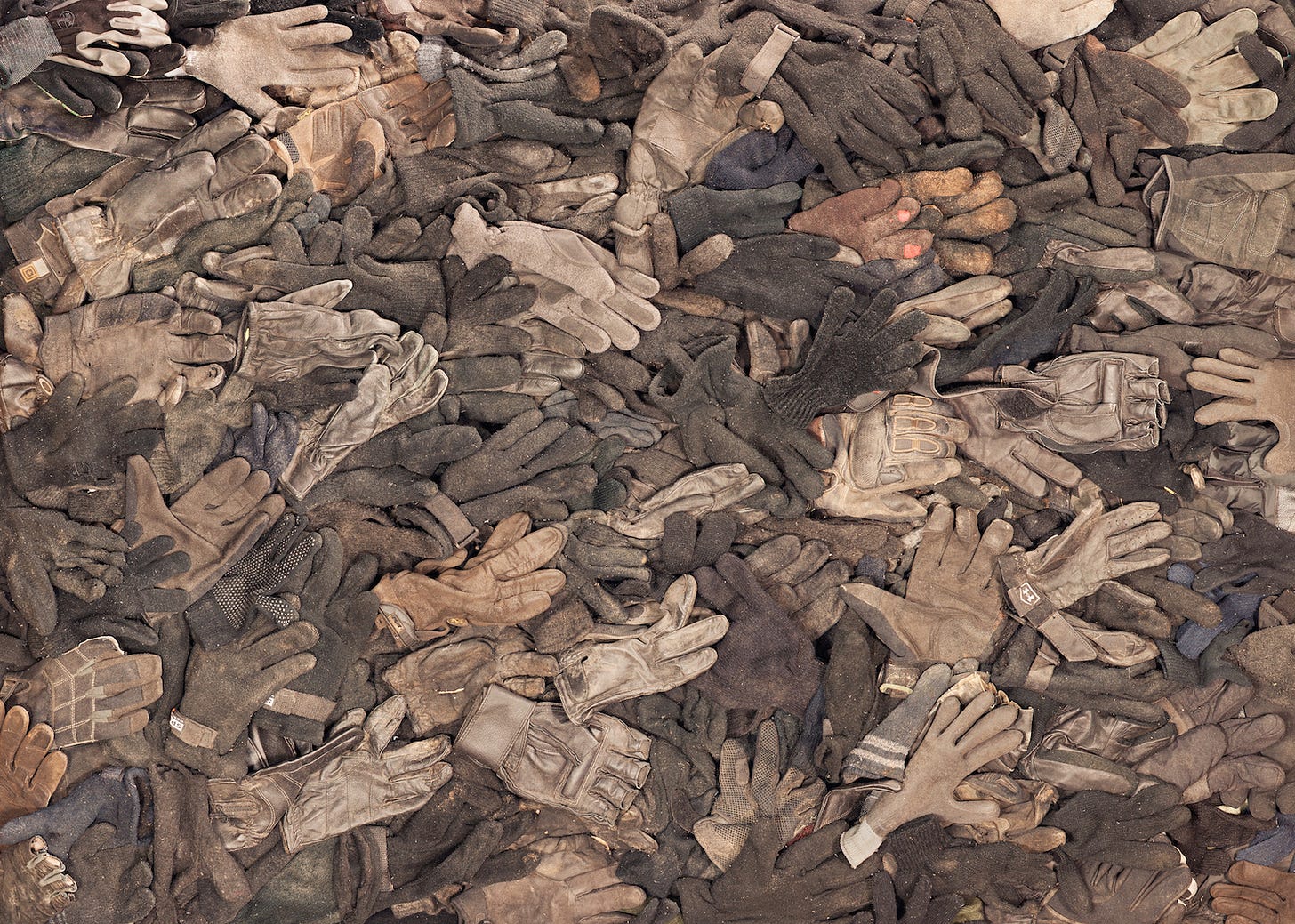
This interview truly captures the hell world in which we live.